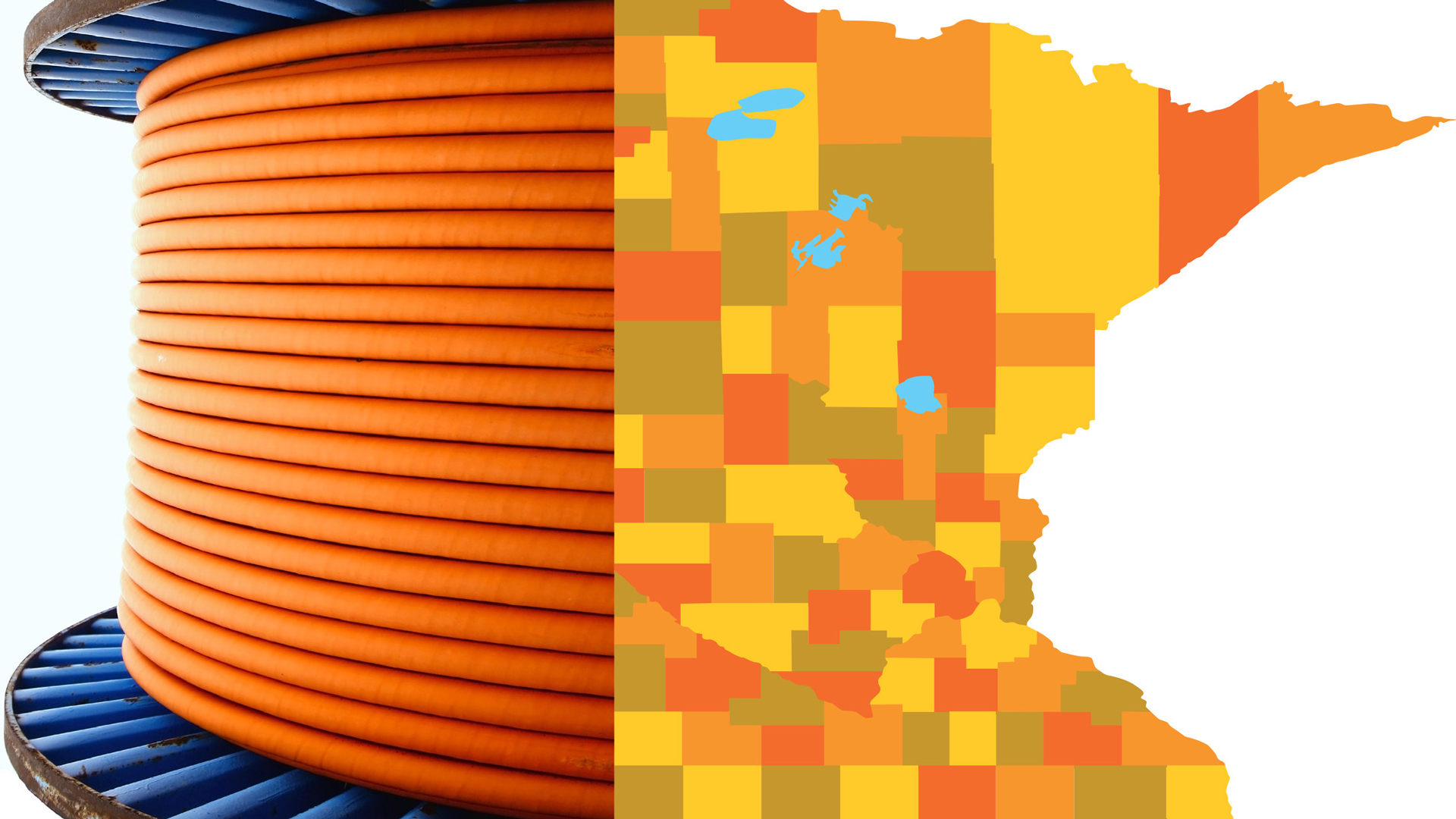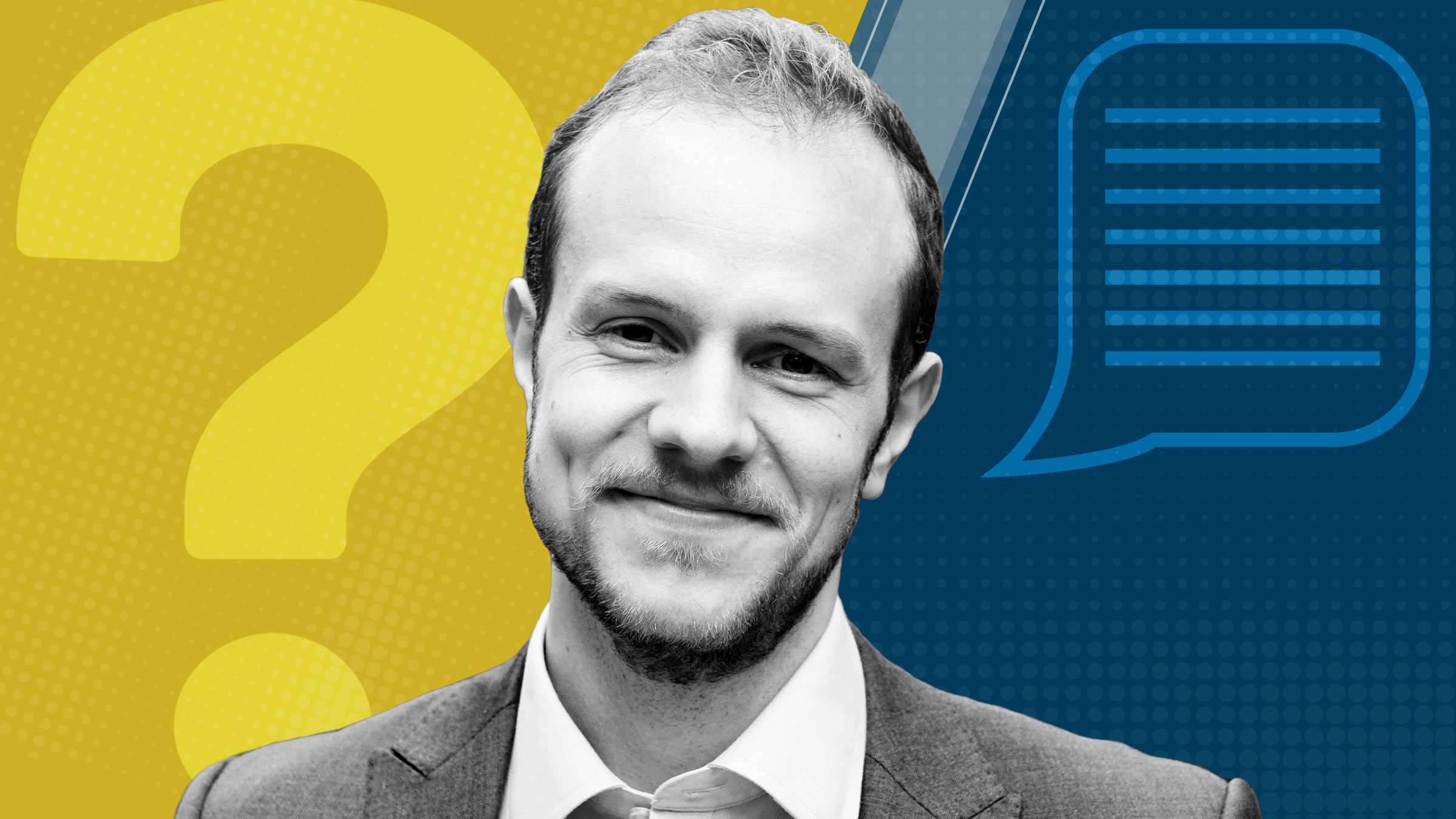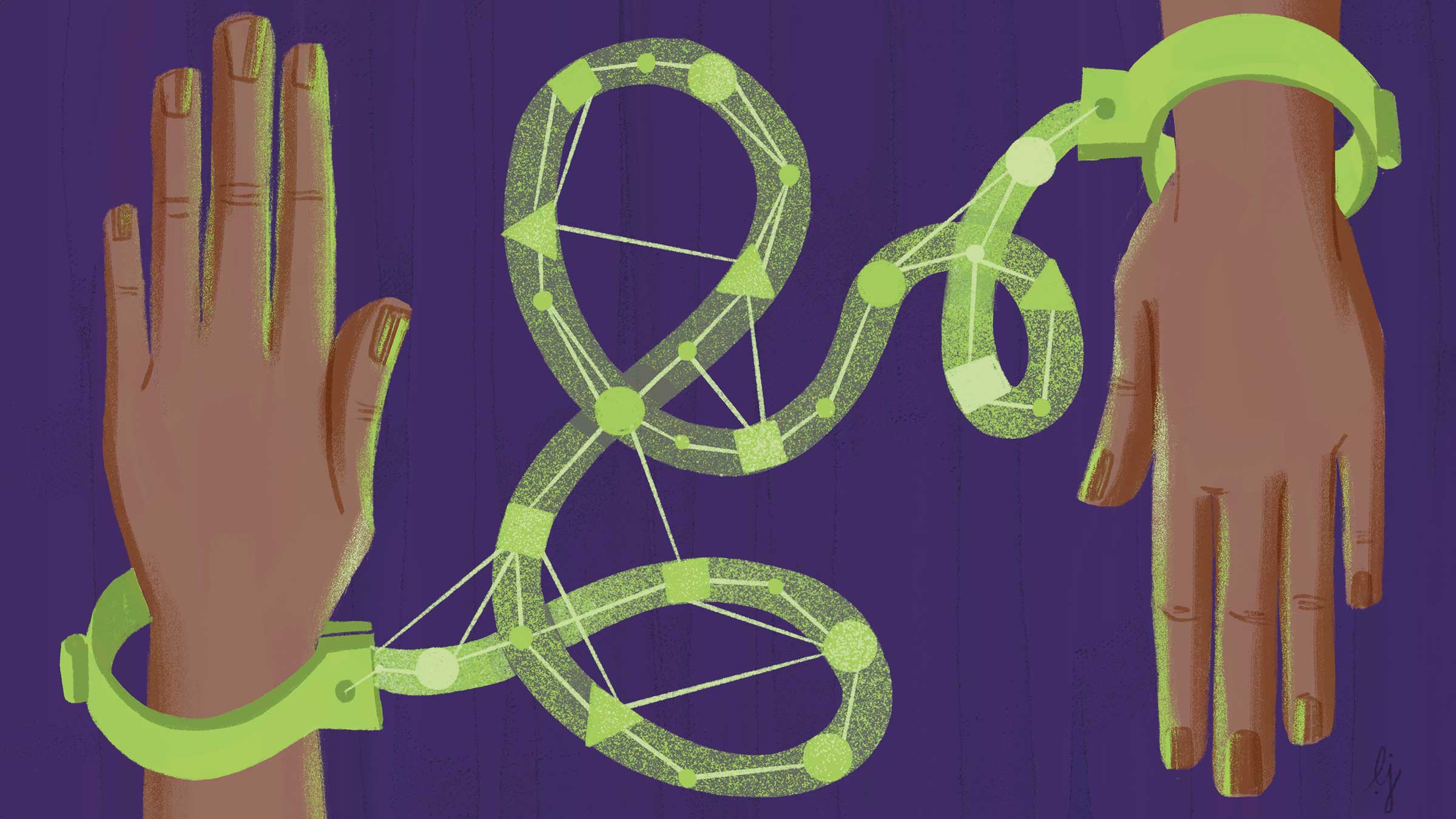For decades, rural communities have depended on government subsidies for modern amenities such as electricity and the telephone.
“We’ve never provided utility service to rural Minnesotans without some kind of subsidy,” said Steve Kelley, a senior fellow at the University of Minnesota’s Humphrey School of Public Affairs, and a former state legislator.
The Communications Act of 1934 established universal service as a cornerstone of federal policy, ensuring that all Americans could use the telephone at a reasonable cost. In the following decades a system of subsidies was developed to provide additional support for rural telecommunications. For example, to lower the cost of phone service in rural areas, regulators required telephone companies to charge the same price statewide, even though the cost of delivering service was much higher in rural areas.
Such implicit subsidies became explicit with the Telecommunications Act of 1996. The Act established the Universal Service Fund to, among other provisions, subsidize telephone and internet services in high-cost rural areas; payments to rural carriers were covered by a surcharge levied on interstate calls by the Federal Communications Commission (FCC).
Support for rural telecom also came through low-cost loans offered by the Rural Utilities Service, a unit of the U.S. Department of Agriculture. Since 1995 RUS has required telecom loan recipients to offer broadband service.
During the Great Recession, in a bid to stimulate the U.S. economy, Congress appropriated $7 billion to fund deployment nationwide; Minnesota received $242 million through programs authorized by the 2009 Recovery Act. But broadband stimulus resulted in a patchwork of coverage, with some rural areas receiving big grants and loans, while others got nothing.
Despite these grants in the late 2000s many areas of the country, primarily rural, still lacked access to high-speed internet. Not to be dissuaded in its efforts to achieve universal broadband service, the FCC has focused on a new subsidy model called the Connect America Fund.
Beginning this year, many small telecom providers will receive support under this new model on condition that they extend broadband service to an agreed-upon number of unserved locations over the next decade. In Minnesota, 14 carriers signed up for this option and will receive a combined $54 million annually, the most of any Ninth District state. (North Dakota, which has better broadband service by most measures, will get $3 million per year.)
Larger carriers like CenturyLink and AT&T have been slow to deploy broadband to rural areas. Through a separate program called Connect America Fund II these companies are slated to receive $9 billion nationwide in high-cost support over six years to bring broadband to unserved areas. Within the district, Wisconsin and Minnesota were the biggest beneficiaries of CAF II last year (see chart); providers in those states are set to collect a total of more than a half-billion dollars by 2020.
But some broadband boosters have criticized the Connect America program, saying that the minimum level of service carriers are required to provide—10 megabits per second download for large carriers and as low as 4 Mbps for small providers in some locations—is inadequate and at odds with the current FCC speed benchmark of 25 Mbps.
Minnesota’s Border-to-Border Broadband grants are intended to give providers an incentive to go beyond the Connect America standards and bring broadband access of at least 25 Mbps to even the remotest, hardest-to-serve areas of the state.






